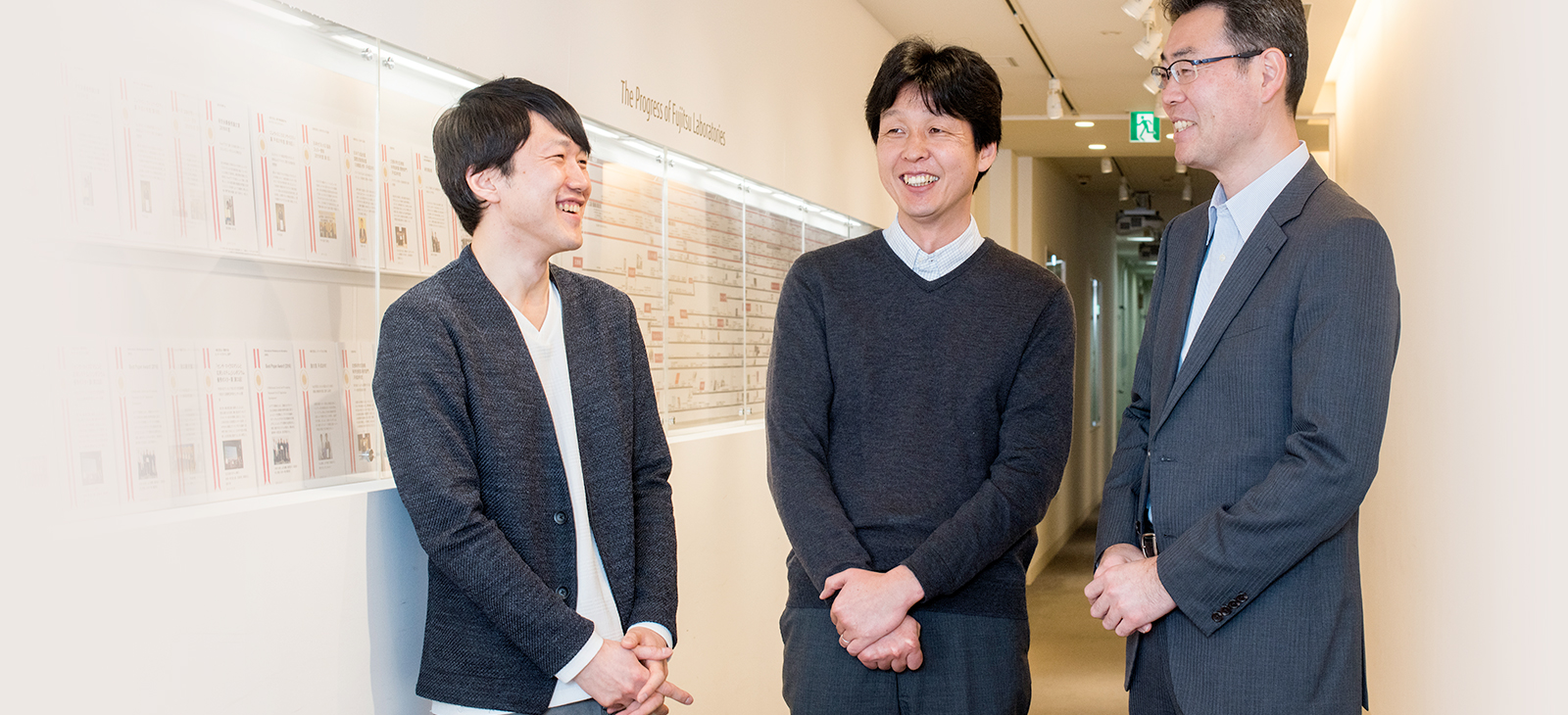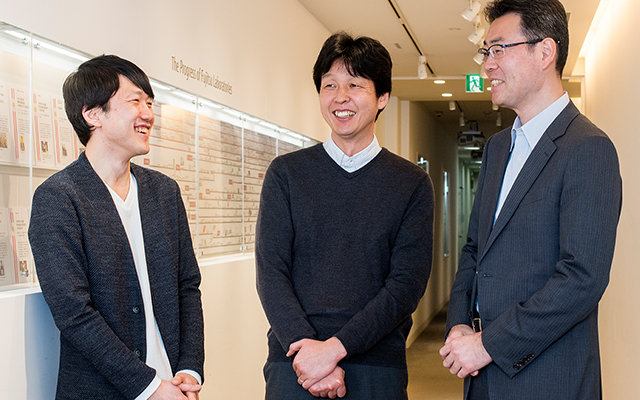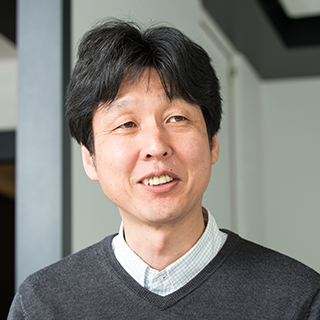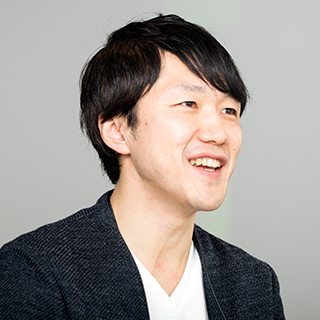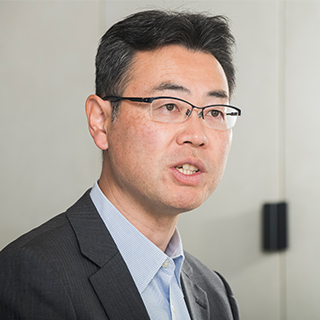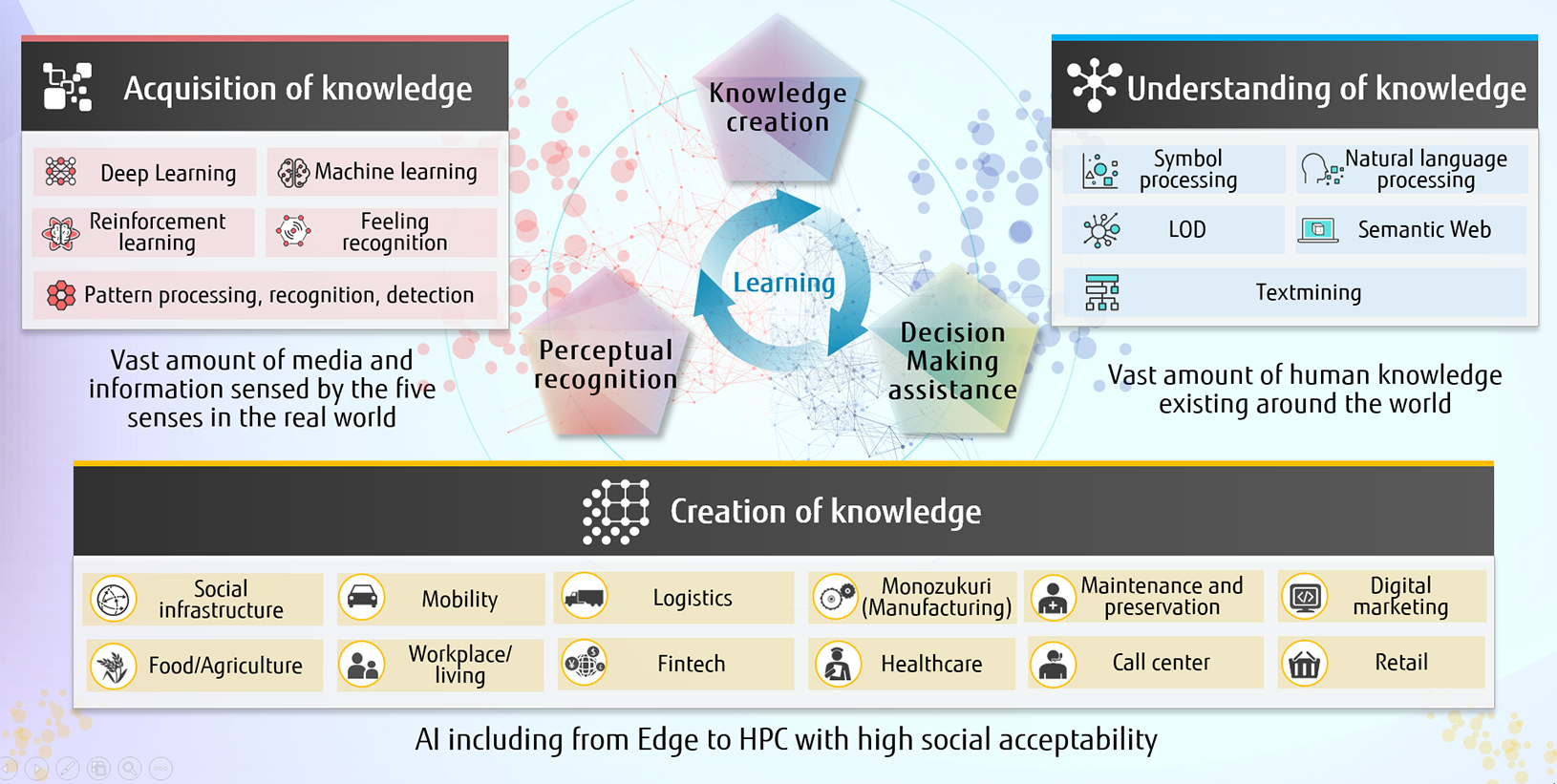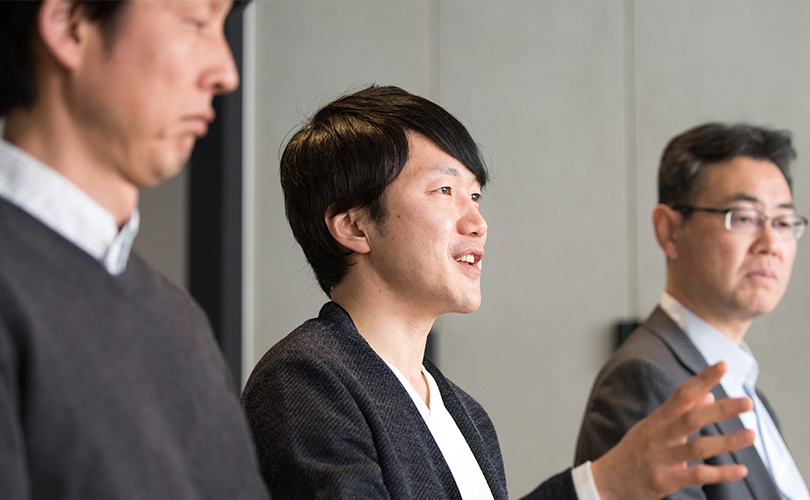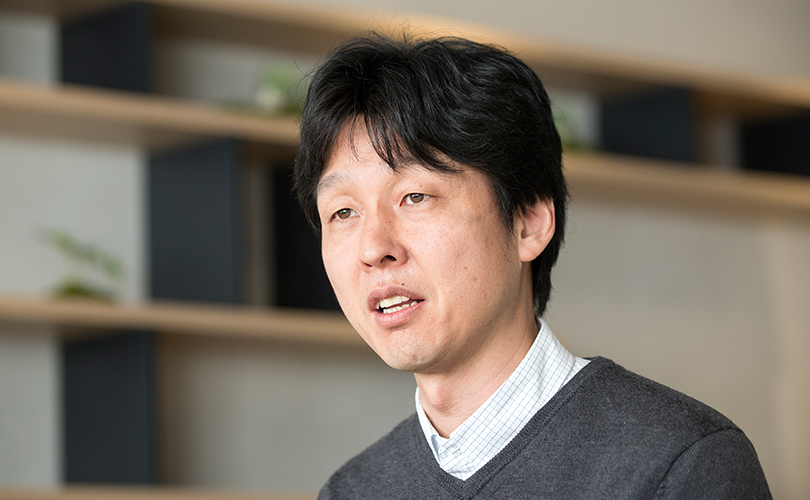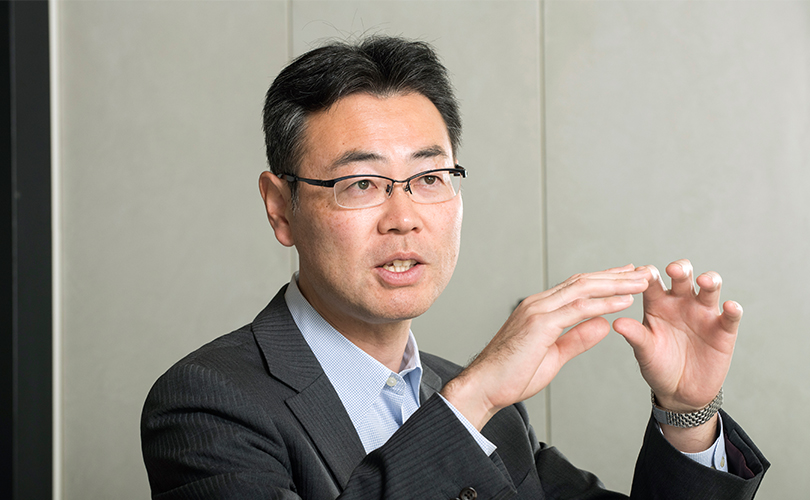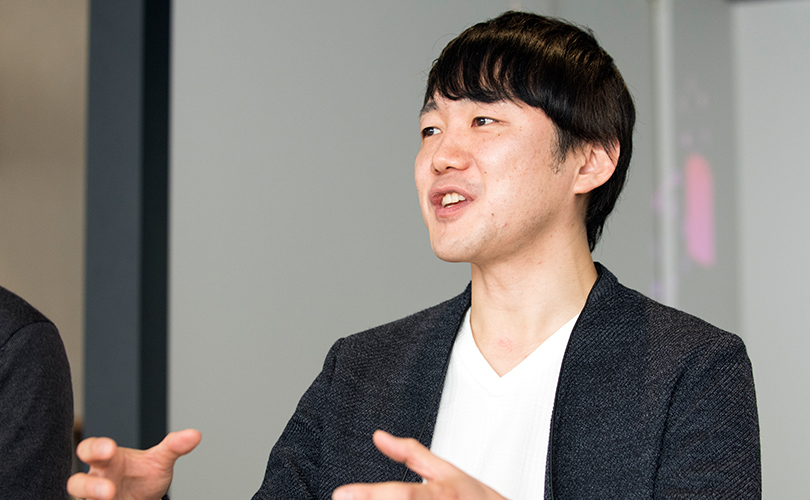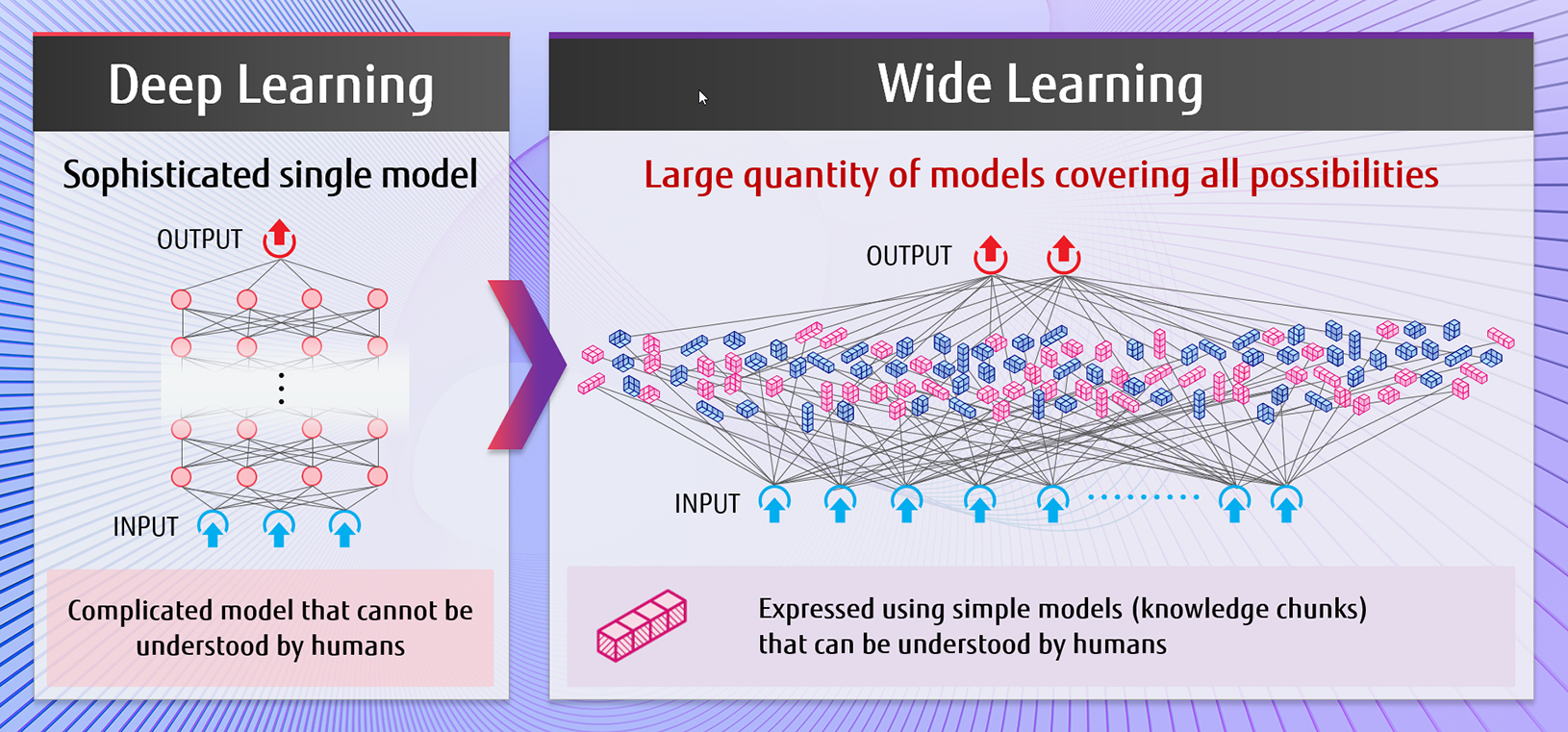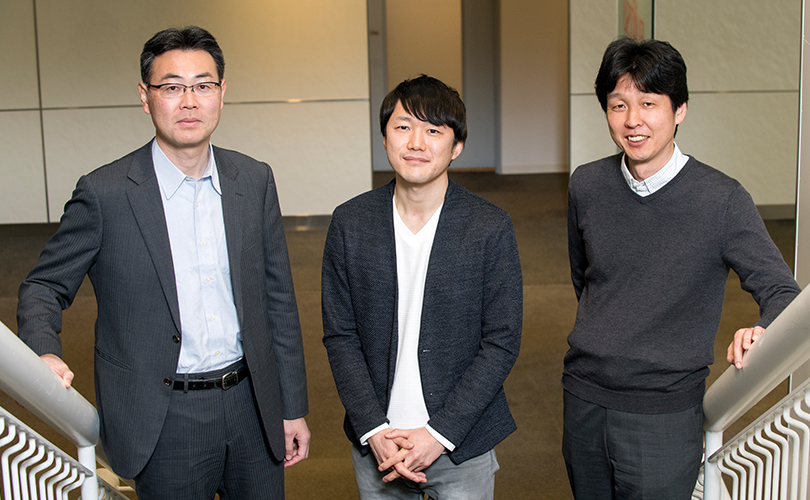In the last few years, development of AI using deep learning has exploded, as distinguished from conventional machine learning technologies, as a driving force. In addition, services that use advanced AI and that are applied in business have increased sharply. However, various problems with applying AI to the real world and business have become apparent, including in terms of performance. The Japanese government has proposed stipulating the seven international rules for the use of AI, which include accountability, fairness, and transparency.
Fujitsu Laboratories Ltd. has worked on research and development of AI since the 1980s and has just established the Artificial Intelligence Laboratory as a dedicated R&D organization to accelerate research and development of fully-fledged AI technologies. While applying more than 30 years of AI related expertise and know-how, more than 100 researchers work on the research and development of state-of-the-art technologies with the aim of solving the existing problems of AI. The most important theme set by the Artificial Intelligence Laboratory is to realize “AI that is trusted by people and progresses society”.

